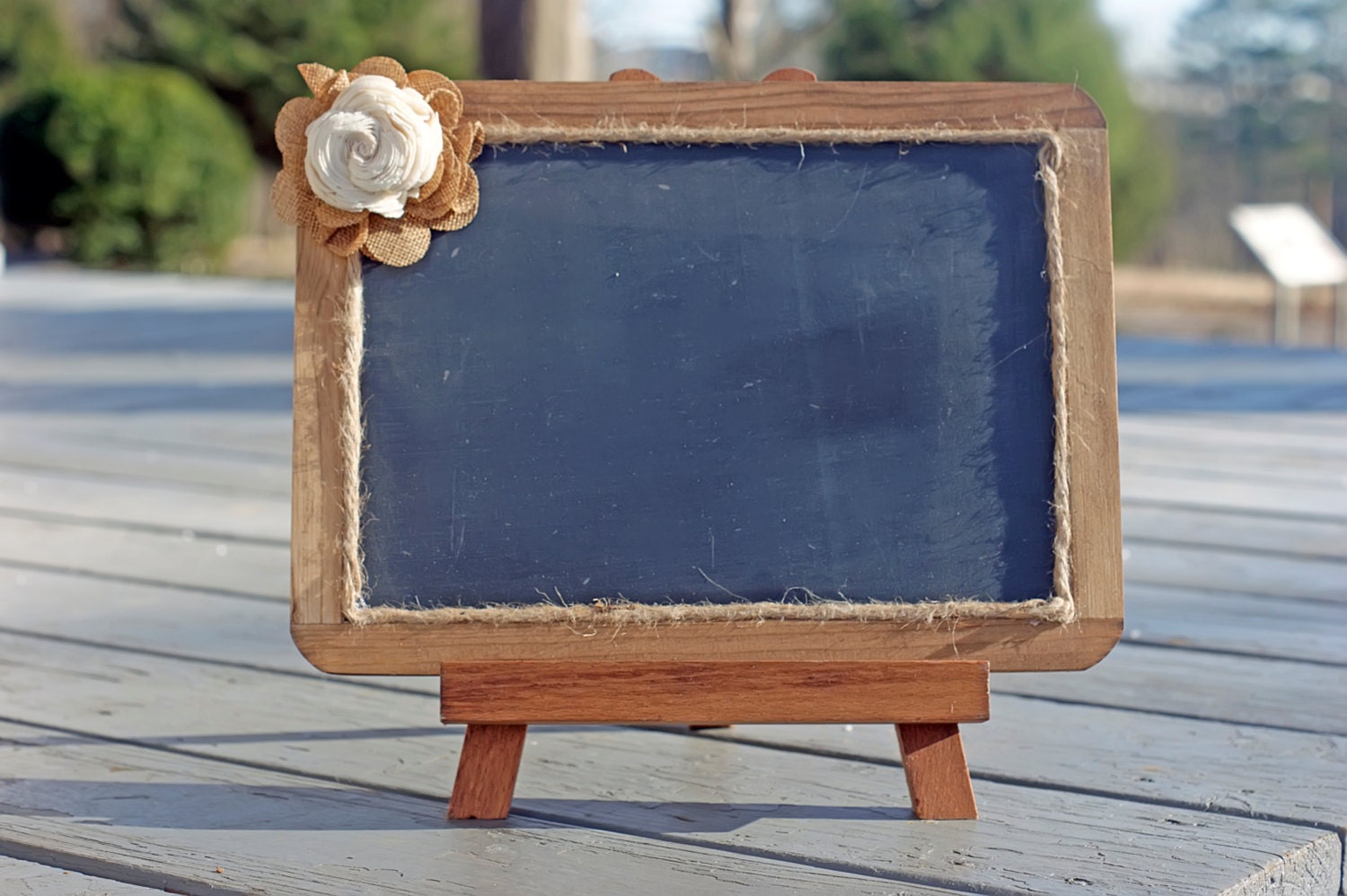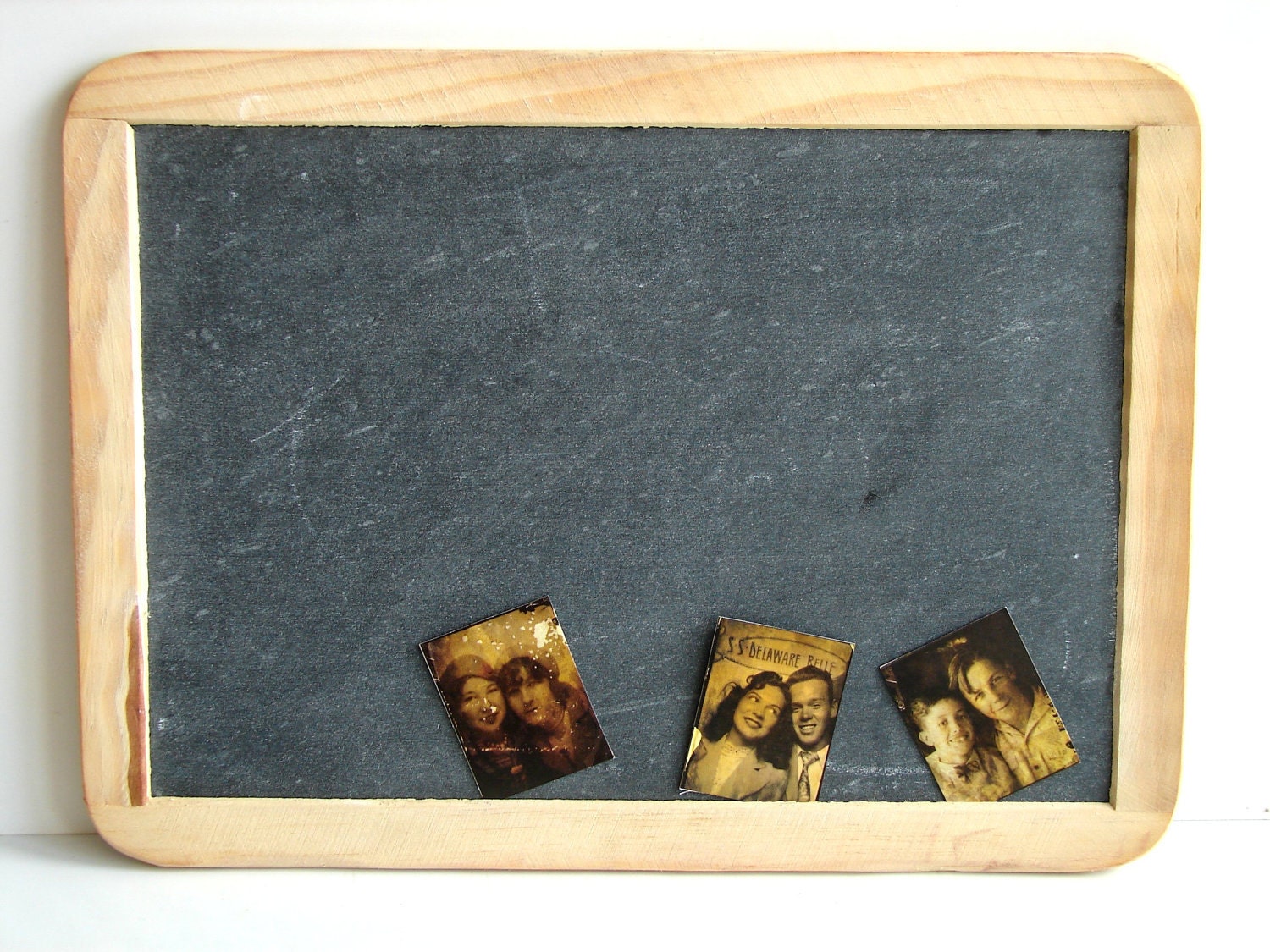
The writing slate was in use in Indian schools as mentioned in Alberuni's Indica ( Tarikh Al-Hind), written in the early 11th century: The study earned Blake a 2006 Ig Nobel Prize. The findings of the study were presented at the Acoustical Society of America conference and support earlier findings from a 1986 study by Vanderbilt psychologist Randolph Blake and two colleagues found that the sound of nails on a chalkboard annoyed people even when the high-pitch frequencies were removed. According to a study run by Michael Oehler, a professor at the University of Cologne, Germany, humans are "predisposed to detest" the sound of nails on a blackboard. The scratching of fingernails on a blackboard, as well as other pointed, especially metal objects against blackboards, produces a sound that is well known for being extremely irritating to most people. Ghosting occurs when old coloured chalk, pastels or chalkpen ink absorbs into the black finish of the board, making it impossible to remove. Chalk sticks shrink through use, and are notorious for breaking in half unless inserted in a writing utensil designed for chalk. The writing on blackboards is difficult to read in the dark. The dust also precludes the use of chalk in areas shared with dust-sensitive equipment such as computers. Some people find this uncomfortable or may be allergic to it, and according to the American Academy of Allergy, Asthma and Immunology (AAAAI), there are links between chalk dust and allergy and asthma problems. On the other hand, chalk produces dust, the amount depending on the quality of chalk used.

Chalk requires no special care whiteboard markers must be capped or else they will dry out.Chalk sticks containing calcium carbonate typically contain 40–60% of CaCO 3 ( calcite).Īs compared to whiteboards, blackboards still have a variety of advantages: White chalk sticks are made mainly from calcium carbonate derived from mineral chalk rock or limestone, while coloured or pastel chalks are made from calcium sulphate in its dihydrate form, CaSO 4♲H 2O, derived from gypsum. Sticks of processed "chalk" are produced especially for use with blackboards in white and also in various colours.

Cardboard box of chalk sticks, made in GDR, currently at the MEK


 0 kommentar(er)
0 kommentar(er)
